-

Pyridine-2-carboxaldehyde CAS:1121-60-4
Pyridine-2-carboxaldehyde, an aromatic aldehyde, is commonly used as a building block in the synthesis of pharmaceuticals, agrochemicals, and specialty chemicals. Its unique structure and reactivity make it valuable in the production of diverse compounds with specialized functionalities.
-

Quinoline,4-chloro-6,7-dimethoxy- CAS:35654-56-9
Quinoline, 4-chloro-6,7-dimethoxy-, is a notable chemical compound employed as an intermediate in organic synthesis, particularly in the production of pharmaceuticals, agrochemicals, and specialty chemicals. Its distinct structure and reactivity make it valuable for creating compounds with diverse functionalities and applications.
-
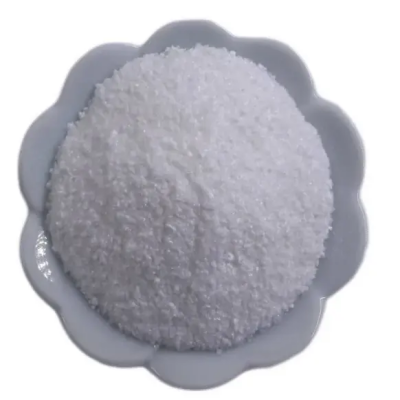
squaricacid CAS:2892-51-5
Squaric acid, with its distinctive square planar structure, is utilized as a building block in organic synthesis, particularly in the production of specialty chemicals, dyes, and pharmaceuticals. Its unique reactivity and ability to form stable complexes make it valuable in diverse industrial processes.
-
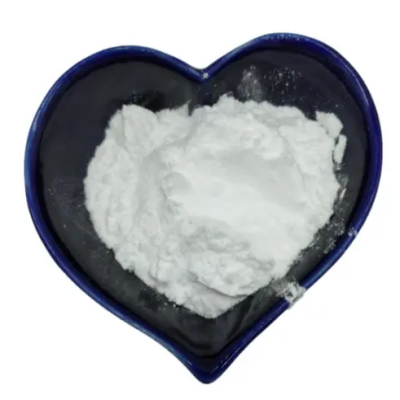
Tyramine CAS:51-67-2
Tyramine is a naturally occurring monoamine compound with the chemical formula C8H11NO. It is derived from the amino acid tyrosine and can be found in various foods, particularly those that have been aged or fermented. Tyramine has been associated with certain health effects, especially for individuals taking certain medications or with specific medical conditions.
-

cis-3-hexenylacetate CAS:3681-71-8
cis-3-Hexenyl acetate is a chemical compound known for its pleasant green, fruity odor. It is commonly used in the fragrance and flavor industry due to its characteristic aroma, reminiscent of freshly cut grass and fruits.
-

BOC-Glycine CAS:111652-20-1
BOC-Glycine, also known as N-tert-butoxycarbonyl-glycine, is a derivative of the amino acid glycine. It is commonly used in peptide synthesis and as a pharmaceutical intermediate due to its stability and ability to protect the amino group during chemical reactions. BOC-Glycine is produced by reacting glycine with di-tert-butyl dicarbonate in the presence of a base.
-
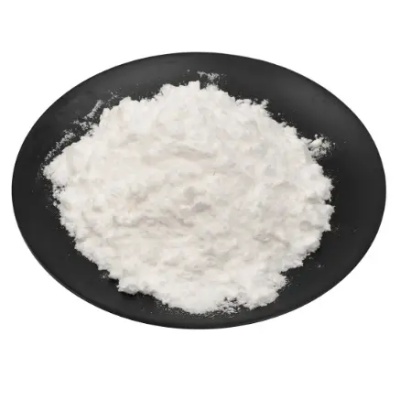
4-Hydroxyphenylaceticacid CAS:156-38-7
4-Hydroxyphenylaceticacid, also known as p-hydroxyphenylacetic acid, is a compound with the chemical formula C8H8O3. It is a white crystalline solid with a slightly sweet odor and is soluble in water and ethanol. This compound is commonly found in various plants and is a precursor to several important biochemical compounds.
-
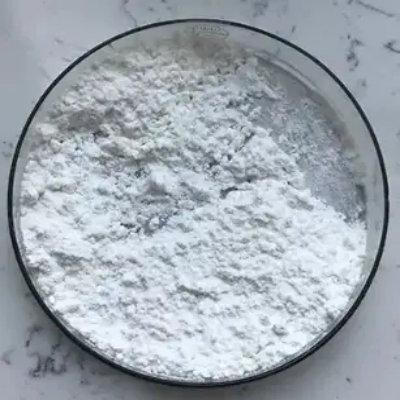
4-Hydroxybenzylcyanide CAS:14191-95-8
4-Hydroxybenzylcyanide, also known as p-hydroxybenzylcyanide, is a chemical compound with the molecular formula C8H7NO. It exists as a colorless to pale yellow liquid and is used in various industrial and scientific applications.
-

potassiummethylmalonate CAS:38330-80-2
Potassium methylmalonate serves as a key building block in organic synthesis, particularly in the production of pharmaceuticals, agrochemicals, and specialty chemicals. Its ability to introduce methylmalonate functionalities into molecular structures makes it valuable for the preparation of diverse compounds with specialized properties.
-

Ethylhydrogenmalonate CAS:1071-46-1
Ethylhydrogenmalonate, or diethyl malonate, is a colorless liquid with a fruity odor and the chemical formula C5H8O4. It is commonly used as a reagent in organic synthesis due to its versatile nature.
-

N-tert-Butoxycarbonylsarcosinemethylester CAS:31954-27-5
N-tert-Butoxycarbonylsarcosinemethylester is a chemical compound used in organic synthesis as a protecting group for amino acids. It is commonly used in peptide synthesis to protect the amine group of amino acids, preventing unwanted reactions during the synthesis process. This compound is also used in the production of pharmaceuticals and other bioactive compounds. Its unique structure and reactivity make it a valuable tool in the field of organic chemistry.
-
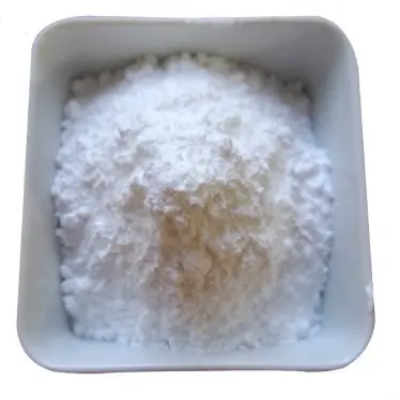
Leafalcohol CAS:928-96-1
Leafalcohol, also known as (Z)-3-Hexen-1-ol, is a natural compound found in green leaves, contributing to the characteristic “green” scent associated with foliage. It is recognized for its fresh, grassy aroma and serves as a key component in the fragrance and flavor industry.

